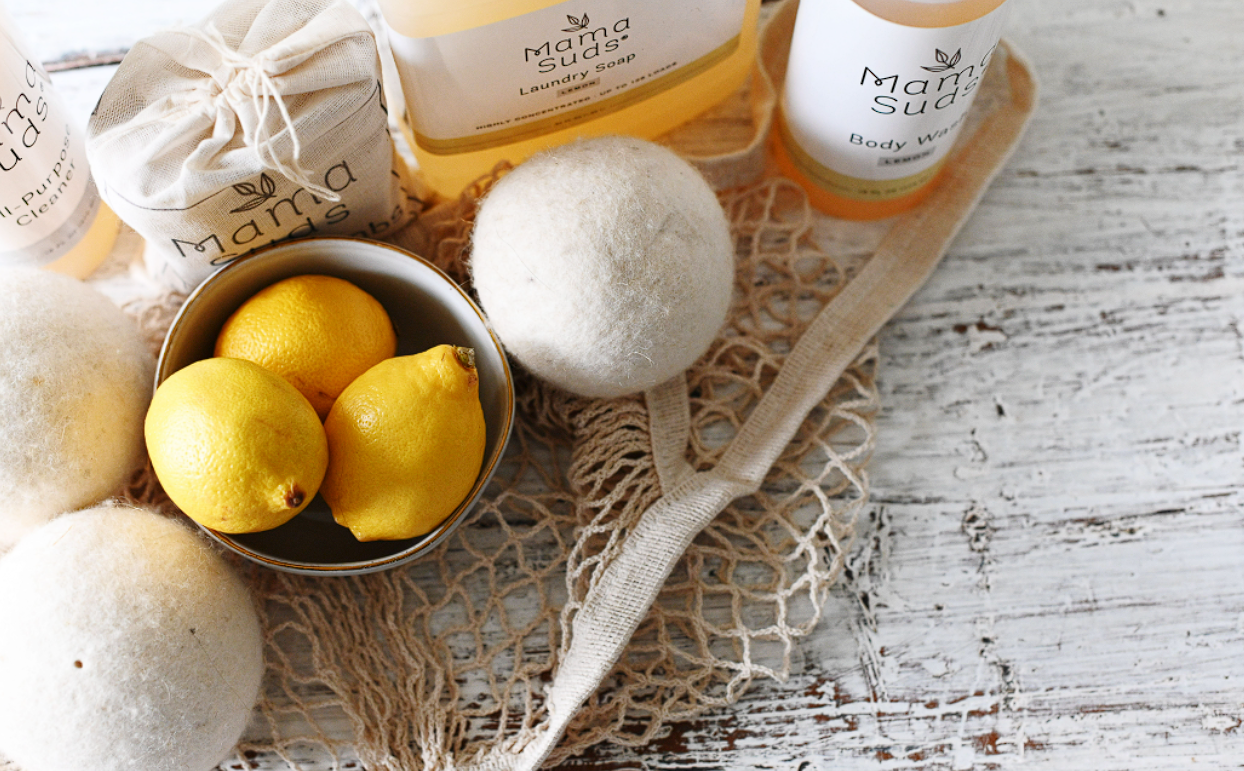
The CleanSuds Blog
Where education and truthful facts are easy to come by.
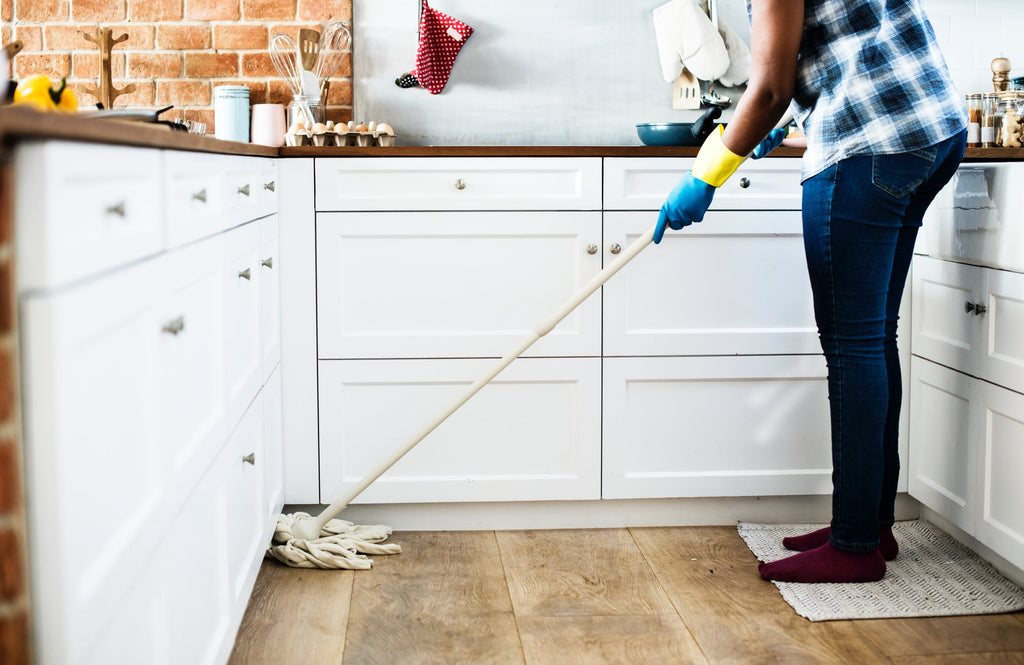
Helping Senior Loved Ones Live in a Clean and Eco-Friendly Home
• Encourage the elimination of items that do not give them joy to reduce their risk of falls.
• Seek professional help or assistance—Medicaid offers homemaker services for tasks like cleaning, laundry, and shopping essentials.
• Provide adequate storage space for seniors to help them keep their home tidy.
• Professional deep cleaning services should be offered to ensure mold and other health threats are absent from the home.
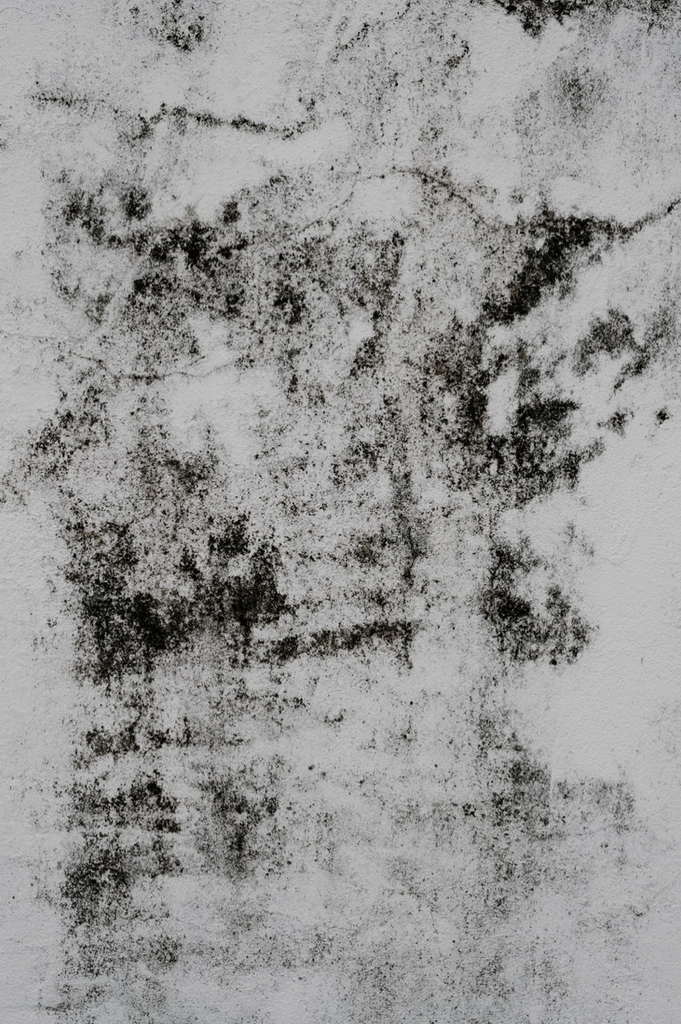
Eco-friendly Ways to Get Rid of Mold at Home
Use baking soda
Baking soda does a lot more than just keeping your fridge smelling fresh. You can also use it to get rid of mold without harming your health or the environment. Before you get started, it's recommended that you hire a professional mold inspector to help you know all the mold-infested areas. Once you know where the mold is, mix about 3 tablespoons of baking soda with two cups of water and one cup of vinegar. Spray the mixture onto the moldy areas, allow it to sit for about 30 minutes, and scrub it off with a sponge.
Tap into the immense power of essential oils
Essential oils have been used for ages by people to boost energy, relieve headaches, aid digestion, and calm nerves. You can add "remove mold" to the list. Tea tree essential oil, in particular, has powerful anti-microbial properties that make it an effective mold removal solution. Just add a teaspoon of tea tree oil to two cups of water and use it to clean the moldy areas. Grapefruit seed extract essential oil is another antifungal and antibacterial agent that can work wonders on any mold-infested surface. Just add 10 drops of the oil to a cup of water, pour it into a bottle, and spray it onto the moldy areas. Keep the essential oils on the mold-infested areas for as long as you need to until your mold problem is gone.
Got vinegar in your kitchen?
Vinegar is one of the best eco-friendly solutions to a mold problem. It is cheap, non-toxic, and there's a good chance that you already have it lying around in your kitchen. First of all, vinegar can be used to prevent the growth of mold by spraying it onto the surfaces where you suspect it can grow. Vinegar can also be used to kill a large amount of mold in your home. Just spray it on the moldy areas and leave it for a couple of hours to settle. Use a brush to scrub the mold off and make sure the area dries properly. Many people tend to dilute vinegar with water to reduce the pungent smell but this can weaken it and make it ineffective against the mold. If the smell of vinegar is too strong for you, you can add a few drops of your favorite essential oil.
Mold is a danger that should be eradicated as quickly as possible, but you shouldn't introduce more dangerous substances into the environment when doing so. By following the eco-friendly methods above, you can get rid of mold permanently without affecting your family's health or the environment.

Eco-Friendly Cleaning for Every Gym and Workout Space
• Tea tree oil is a great eco-friendly option for sanitizing gym mats and has natural disinfectant properties.
• Vinegar and water can be used to mop floors, deodorize, and clean hard surfaces.
• Soap and water is effective for general cleaning of equipment such as free weights.
• Opting for eco-friendly cleaning solutions is safer for users and the environment while being cost-effective.
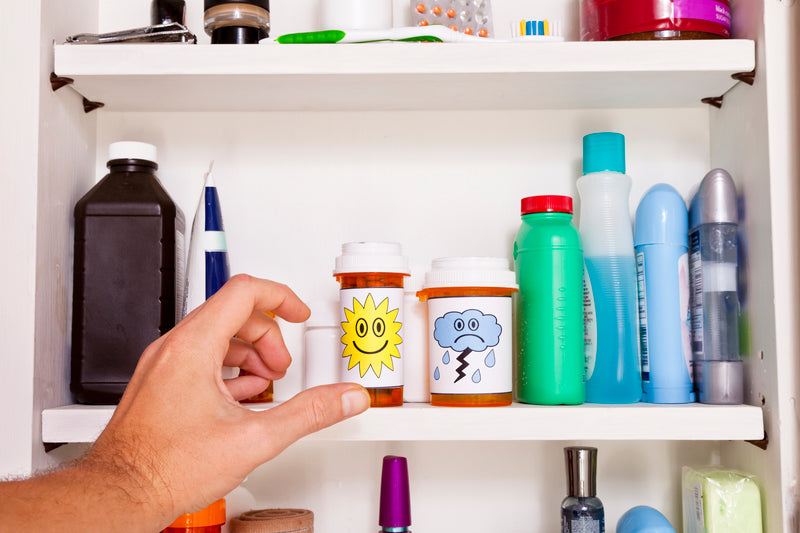
Just How Toxic Is Your Medicine Cabinet?
• Alternative treatments based on holistic, natural approaches to health often offer the same or greater benefits without drug-related risks.
• Lifestyle changes such as a nutrient-rich diet, exercise, and proper sleep are key factors in maintaining overall health and should be addressed first.
• Over-the-counter medications can be surprisingly toxic; ibuprofen has been linked to cancer and can lead to accidental overdose.
• Pharmaceutical drugs used to treat depression and pain have a high potential for addiction; natural treatments are available as viable alternatives.
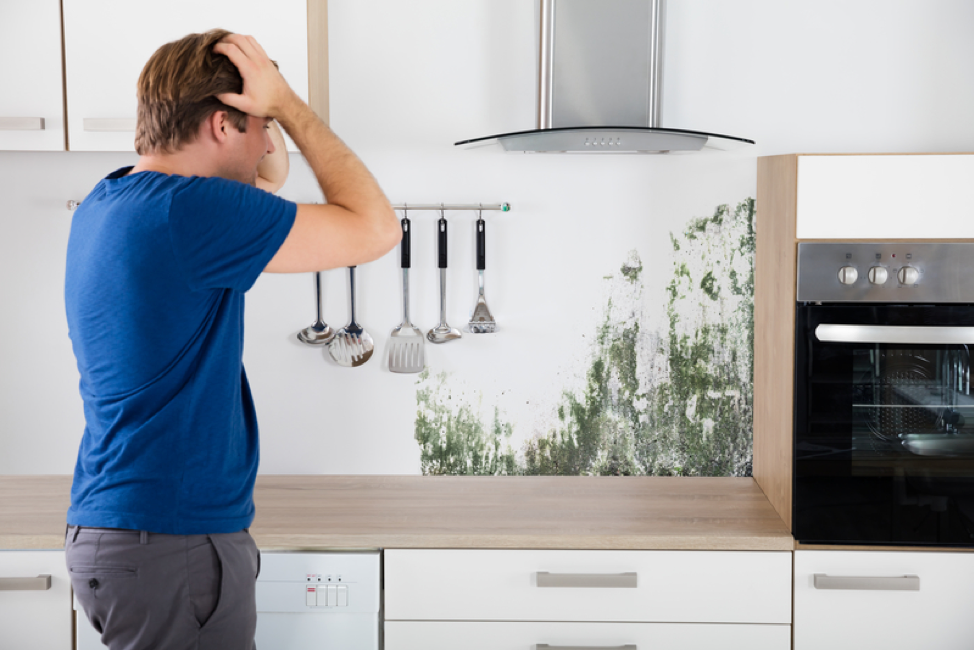
Is Your Home Making You Sick?
Ideally, your home is a place where you can watch TV, socialize with friends and sleep in peace and comfort. However, there are many ways your home may be contributing to your health problems. It may also be causing health issues for your spouse, children and pets. Let's look at the dangers that could be lurking within a home and how to remedy them.
Gas Leaks
Carbon monoxide is both colorless and odorless, which means that you won't be able to see or smell it. Ideally, you will have a carbon monoxide detector installed in your home to alert you to its presence. A carbon dioxide detector can also be a helpful tool to keep you and your family safe.
In the event that you smell gas coming from a stove, water heater or any other source, evacuate the premises immediately. You should then call 911 or the local utility company to report the leak. Someone will come to your home to investigate the report and ensure that it is safe to go back inside.
Mold
Mold can grow in almost any area of the home that is dark and moist enough. This includes a garage, your home's basement or behind walls. In fact, mold can even find its way into your roof. You may be able to prevent mold growth by ensuring that the air in your home is allowed to circulate freely. It may also be possible to call a mold remediation specialist to clean any that has already grown in or on the house and ensure it does not return.
Pests
Mice, rats and your own pets can carry fleas, ticks and other parasites that could infect you or others in your home. Rodent urine and droppings can also be toxic to the people and animals that come into contact with them. Both rodents and other insects such as ants or flies can get into your food and contaminate it. If you see any pests in your home, be sure to seal your food and get rid of crumbs quickly. You should also take steps to eliminate water sources and seal the perimeter of the home.
You should never feel as if your home is putting your health and safety at risk. The good news is that regular maintenance and upkeep can keep yourself, your family and anyone else who spends time on your property comfortable and healthy.
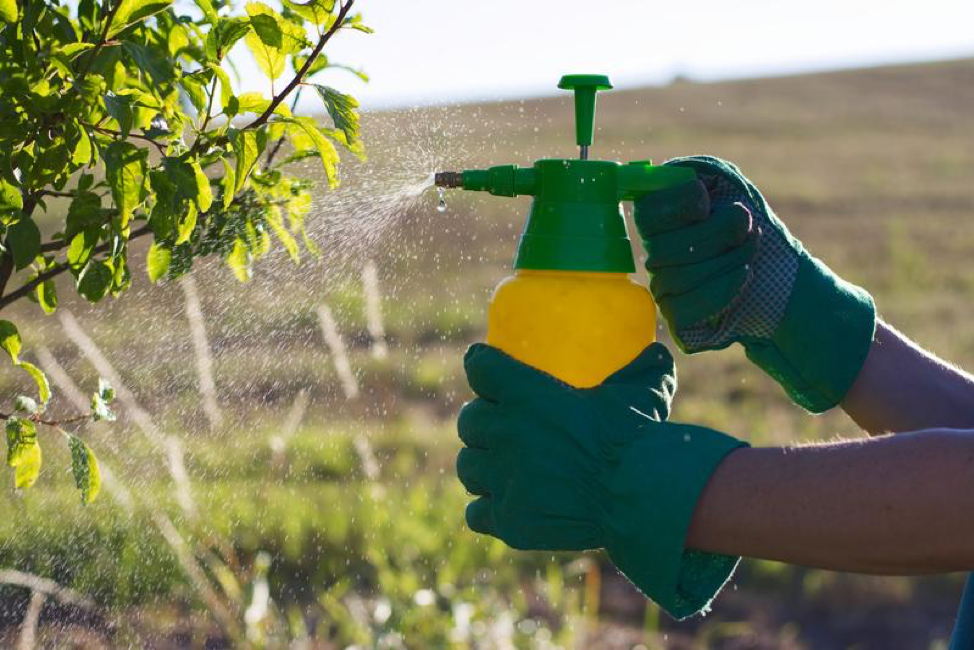
Pests, Toxins, and You: What to Know
There’s nothing more unpleasant than having unwanted visitors in the form of pests in your home. Whether you’re dealing with fleas or bed bugs inside your dwelling or ants, spiders or grubs on its exterior, you are probably looking for ways to force them to another location. Common pesticides can be effective, but these products typically contain toxins that make them very dangerous to use. In many cases, these dangers persist well past the application process. You don’t even want to come into contact with them after the fact. Let’s talk more about pests, toxins and what you need to know in order to keep yourself safe.
Dangers of Pests
It’s a nuisance to have pests in your home, but there can be bigger problems associated with them. For example, there are bugs that can carry disease. When they bite you, they can make you quite sick. If you have fleas in your home, they could be feeding off your pet. If this goes on for too long, the pet can become anemic to a life-threatening degree.
Toxins and You
There are various pest control products available. What you choose really depends on the type of pest that you are trying to get rid of. Remember, however, that conventional toxins become less effective on pests as time goes on. It’s important for you to use materials that will work on resilient pests, but the substance shouldn’t harm you. While a product might claim to be perfectly safe for adults, children, and pets, you can’t guarantee that to be true, especially if you’re using strong and toxic chemicals.
What Should You Use?
Fortunately, there are many natural pest repellents that you can use in your home and on your property. Many different essential oils repel insects. You can use these natural sprays in the home around baseboards, on the carpet and around windows and doors. You can also utilize spray bottles that attach to the hose, which will allow you to distribute the substance all over your yard. This will cut down on your pest population.
If you’re not sure what type of pest product you should be using in your home, you can speak with a conscientious pest control specialist in your area. They will be able to give you a safe recommendation that will be effective on even the most resilient pests. Once you have the problem under control, it will be easier to prevent a future problem from occurring again.
It’s important to limit the number of toxins and chemicals that enter your house. That’s why MamaSuds creates natural vegan soaps and household cleaners; so that you can create a safe and clean home for the people you love!

How Environmental Factors Help Facilitate a Healthy Lifestyle
• Warmer weather encourages outdoor activities, such as walking, running, hiking and biking.
• Eating habits are often inherited from parents; nutrient-rich foods and limiting intake of carbs/starchy foods helps prevent tooth decay and periodontal disease.
• Social interaction with family members or friends can help reduce issues like anxiety or depression, which can lead to better health.
• Establishing a healthy lifestyle is a combination of elements that make individuals and families feel well in body and mind.
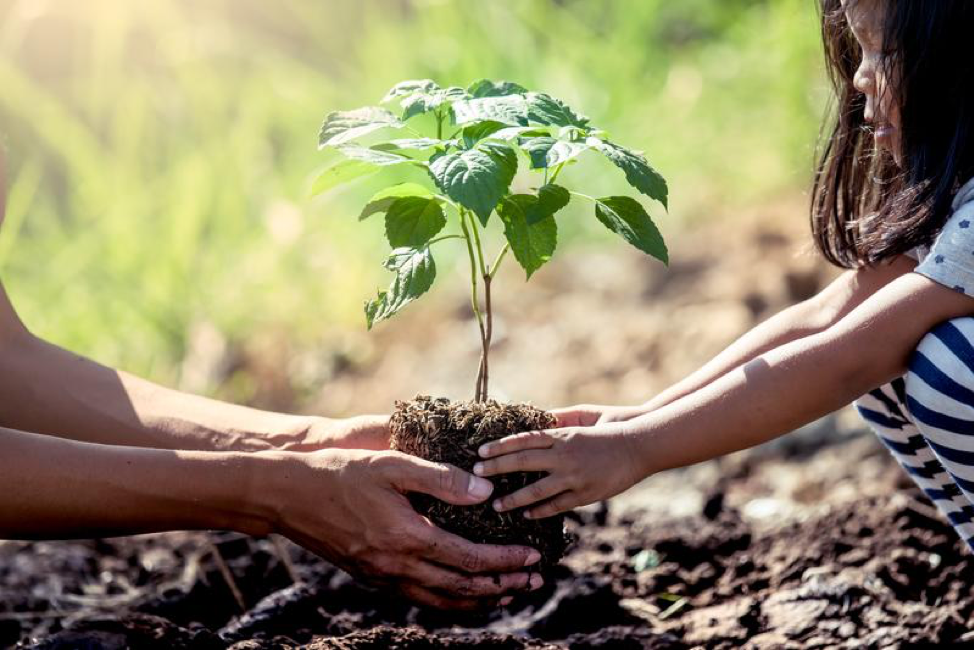
3 Things to Know About Planting a Tree on Your Property
Of the many ways to beautify your property, planting a tree is a very good choice. One reason is that you'll benefit from the sight of branches full of healthy leaves. You also help the environment by creating a space where carbon dioxide is absorbed, oxygen is released into the air, and roots hold onto the soil to prevent erosion. Below, we've identified three key steps to help you make your planting successful.
Plant a Native Species
First, choose the right plants for your area. A tree that naturally fits your environment should require less work in terms of watering and fertilizing. For example, if you live in a very dry area, plants that thrive in humidity may need a lot of extra help to thrive, which translates to more time, money and effort on your part to keep the tree healthy.
By choosing a native species, you'll also be providing support for birds and other animals whose needs are compatible with those of your tree.
Plant it in the Right Place
If you're in the northern hemisphere, planting the tree on the southern or western side of your home will provide shade from the sun during the hottest part of the day. Kruse Tree Trim & Construction suggests taking height and spread into consideration so that it doesn't pose a threat to your house later on and have to be removed.
Trees that grow too close to your home tend to cause damage to your roof and drop debris into your home gutter system. This build up in your gutters can ultimately attract more pests into your home. While you can take steps to deter pests, it's better to be safe and plant the tree at an adequate distance from your house.
Consider soil, sun, and moisture requirements and plant in an appropriate location. Also consider whether your tree will drop lots of leaves or overripe fruit into a neighbor's yard. That tree which is a source of pride for you could be a big nuisance to the family next door.
Plant it Properly
Trees Are Good recommends that the best time to plant a young tree is when the weather is likely to be mild, without hot or cold extremes. For much of the US, planting in spring or fall is ideal.
Dig a hole that's deeper and wider than the root ball to allow room for the roots to spread out and grow. Really hard soil could block root growth, so break up large clumps and remove large rocks. Note that specific planting techniques are required depending on whether the roots are bare, wrapped in burlap, or planted in a container.
Choosing and planting the right tree can be easy. If you give your tree what it needs to thrive, it should reward you with years of healthy growth.
These other great articles will give you more great information!
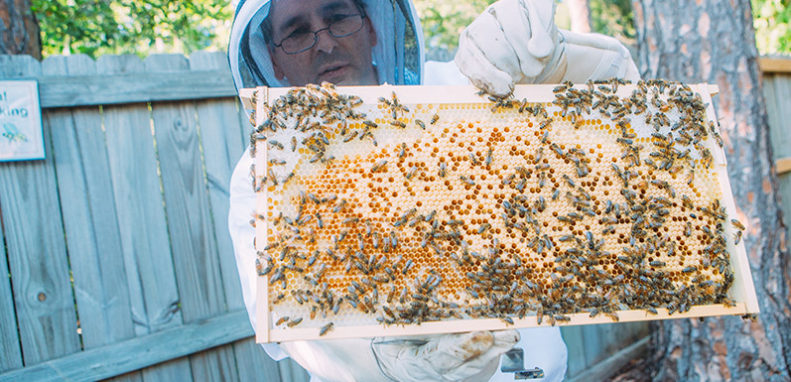
A Gardener’s Guide To Protecting The Bees
• Without bees, certain favorite foods may no longer be available and veg harvest yields could decrease by up to 71%
• Gardeners can help protect bees by limiting insecticide use, refraining from cutting/weeding flowers, choosing flowers that bees love, creating a water source and providing a shelter and habitat
• Buying local honey helps support beekeepers, and providing sugar water for tired bees is a simple way to revive them
• Bee Cities USA support communities in taking steps to protect bee populations, citizens can become involved in global bee conservation organizations
• Making small changes in gardens & lifestyle can contribute towards preserving the declining bee population


